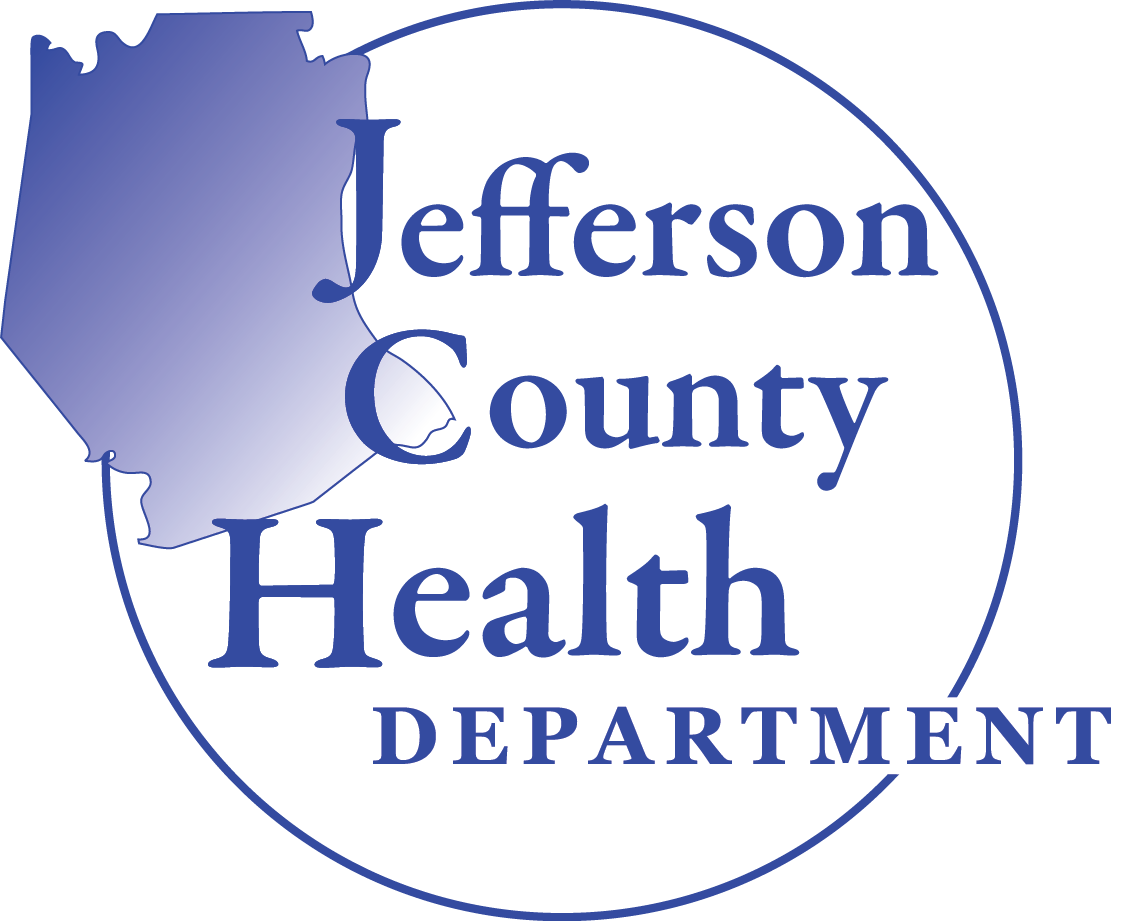Devoting a little time every day to care for yourself can go a long way toward protecting the health of your heart. Simple self-care, such as taking a moment to de-stress, giving yourself time to move more, preparing healthier meals, and not cheating on sleep can all benefit your heart.
And that’s a good thing, because heart disease is largely preventable and focusing on improving your heart health has never been more important. Heart disease is a leading cause of death for women and men in the United States, and many Americans remain at risk of getting it, according to the National Heart, Lung, and Blood Institute (NHLBI).
“Studies show self-care routines, such as taking a daily walk and keeping doctor’s appointments, help us keep our blood pressure in the healthy range and reduce our risk of heart disease and stroke,” said David Goff, M.D., NHLBI’s director of cardiovascular sciences.
It may be easier than you think to “put your heart” into your daily routine. Each Sunday, look at your week’s schedule and carve out 30 minutes daily for heart-healthy practices. Take an online yoga class, prepare a heart-healthy recipe, schedule your bedtime to get at least seven hours of sleep, or make a medication checklist. Then seek out support from others, even if it’s online or via a phone call, to help you stick to your goals.
Here are few self-care tips to try every day to make your heart a priority:
Self-Care Sunday: Find a moment of serenity every Sunday. Spend some quality time on yourself.
Mindful Monday: Be mindful about your health and regularly monitor your blood pressure or blood sugar if needed. Keep an eye on your weight to make sure it stays within or moves toward a healthy range. Being aware of your health status is a key to making positive change.
Tasty Tuesday: Choose how you want to approach eating healthier. Start small by pepping up your meals with a fresh herb or spice as a salt substitute. Get adventurous and prepare a simple, new, heart-healthy recipe. Or go big by trying a different way of eating, such as the Dietary Approaches to Stop Hypertension (DASH) eating plan, which is scientifically proven to lower blood pressure. DASH is flexible and balanced, and it includes plenty of fruits and vegetables, fish, poultry, lean meats, beans, nuts, whole grains, and low-fat dairy products.
Wellness Wednesday: Don’t waffle on your wellness. Move more, eat a fruit or vegetable you’ve never tried, make a plan to quit smoking or vaping, or learn the signs of a heart attack or stroke. You could be having a heart attack if you have chest and upper body pain or discomfort, shortness of breath, cold sweats, nausea, or lightheadedness. You might be having a stroke if you have numbness in the face, arm, or leg; confusion; trouble talking or seeing; dizziness; or a severe headache.
Treat Yourself Thursday: Treats can be healthy. Try making a dessert with fresh fruit and yogurt. Then stretch your imagination beyond food. Host a family dance party, take a few minutes to sit still and meditate, go for a long walk, or watch a funny show. Laughter is healthy. Whatever you do, find a way to spend some quality time on yourself.
Follow Friday: Follow inspiring people and pages on social media, or text a friend to help you stick to your self-care goals. Remember to take care of your mental health, too. Two of the main hurdles to self-care are depression and a lack of confidence, according to a study published in the Journal of the American Heart Association. If your mental health gets between you and your fabulous self, take action to show your heart some love. Reach out to family and friends for support, or talk to a qualified mental health provider.
Selfie Saturday: Inspire others to take care of their own hearts. Talk about your self-care routine with loved ones or share a selfie on your social media platforms. Having social support and personal networks can make it easier to get regular physical activity, eat nutritious foods, reach a healthy weight, and quit smoking.
Learn more in this Self-Care Tips for Heart Health fact sheet and visit www.hearttruth.gov to learn more about heart health.





